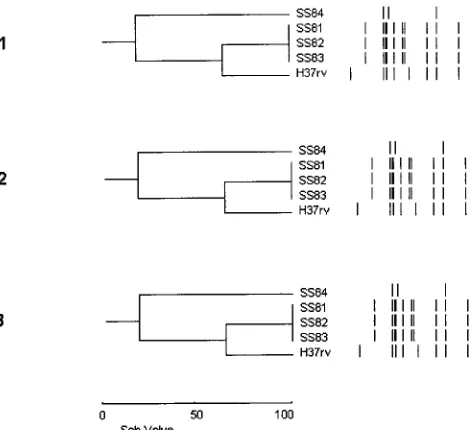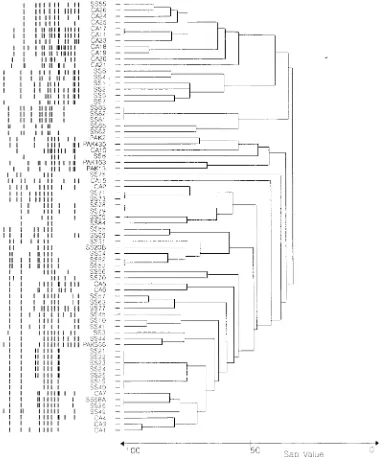Enterobacterial Repetitive Intergenic Consensus Sequences as Molecular Targets for Typing of Mycobacterium tuberculosis Strains
Full text
Figure


Related documents
This research is about to analyze of gogokan fish ( Otholites maculatus ) supply chain management which is processed into fish blad-.. ders in Pangandaran which was held in
ABSTRACT : Aiming at the poor dynamic performance and low navigation precision of traditional fading Kalman filter in BDS dynamic positioning, an improved fading
Considering only women who received abortion care from public facility where there is shortage contraception supplies in study conducted in two of the region and failing to
The primary objective of the BATTLE trial is to dem- onstrate the clinical superiority of primary stenting using the Zilver® PTX® stent system versus a latest generation bare
test, 37 animals that individually exhibited behavioral sensitization responded significantly ( p < 0.05) to acute MPD exposure by increasing their behavioral activity and
i) Source DBs layer : This lower module concentrates on achieving efficiency on handheld devices for data collection. The system can be configured using any lightweight
Among the proposed objective in the research was to Identify the main emotional disorders in cancer children and adolescents in the hospitalization process, by Drawing of the
Studies of cells migrating through cellulose nitrate filters indicated that concentrations of f-Met-Leu-Phe optimal for exocytosis were greater than those optimal for chemotaxis